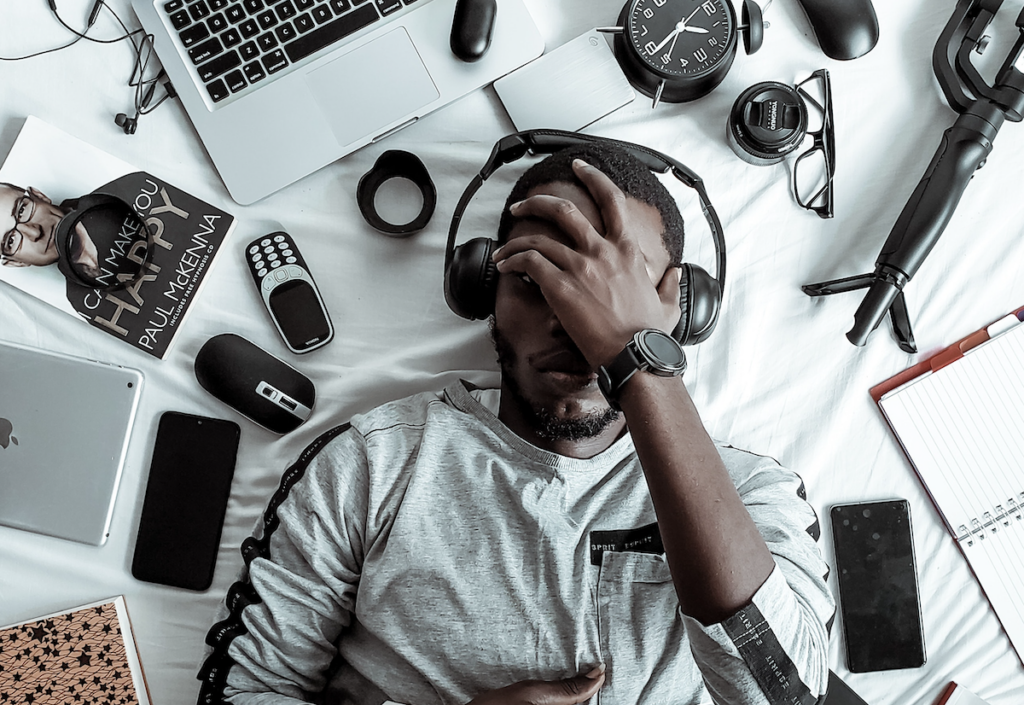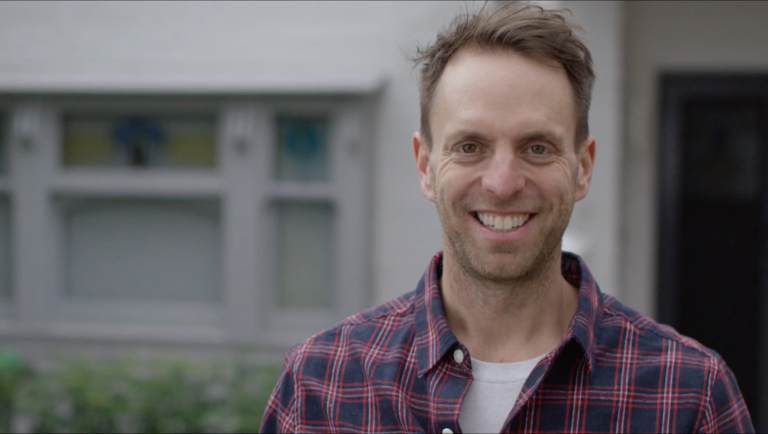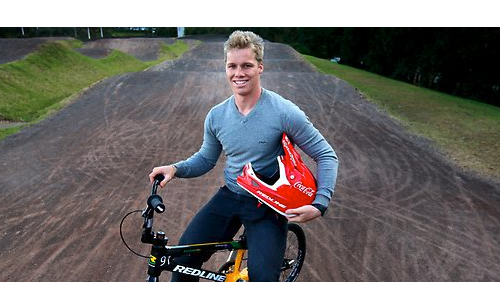Today, our reliance on electronic devices has undoubtedly increased, as has the long-held debate around the potentially negative effects of overusing these tools.
There is no doubt most of us have benefitted from the technology which allows us to stay connected, especially during COVID-19 lockdowns. Kitchen tables have become offices via Zoom, WEBEX has converted living rooms into classrooms, streaming services bring live shows into our homes, and FaceTiming is now a verb and replaces family get-togethers. Even our health needs can be met through Telehealth options and a plethora of wellbeing and exercise Apps.
Looking at the research, MedicalNewsToday reported that although results are mixed, there appears to be a link between mental health and social media. The question of whether this link is positive or negative, however, is determined by how people feel while engaging with the platforms.
That is, it’s not so much the use of devices that’s the issue, it’s the reasons and ways we use them and how we can better optimise our time on them.
Professor of Psychology and Neuroscience, Candice L. Odgers of Duke University (USA), is a researcher whose work focuses on the mental health of adolescents in the digital age. In a piece for childandfamilyblog.com she commented that “the pandemic has flipped the script on screen time” and we should be focusing more on how time on-line can be used to benefit young people’s wellbeing. Her advice can be applied equally to adults.
Professor Odgers continues, “A good question to ask both yourself and your child is: Are you there to connect, create or contribute? These are the activities that, young people say, provide the most rewards. Ask whether social media is supporting their well-being and happiness. It probably is. If parents switch off a young person’s screen, they should pause and ask what they are shutting off. Is it just a screen, or is it their child’s connection to an important network, to friends and ways to manage anxieties?”
“Parents should know that fears about too much screen time are not supported by evidence that it leads to clinical depression. We need to learn more about how the digital world influences our children, but the conversation so far has been dominated by fear rather than facts”, she writes.
The Resilience Project’s Martin Heppell, a father of three, agrees and says we should all be looking at ways to better manage our device use but cautions that any attempts by parents to restrict device use with children must be handled with care and respect.
Martin says, “All kids want to be heard. We need to ask them why they want to be on their device and genuinely listen to their answer. Allow kids to really consider why they want to use their devices and give them the opportunity to articulate it. Whether you agree or disagree with them, try responding with “you’ve made some good points, let me sleep on it and I will get back to you””.
This type of conversation, Martin believes, will demonstrate to children that they are being taken seriously, listened to and valued. When they feel this way, they will be more likely to respond positively to the decision.
Martin adds, “More often than not, if you trust a kid they will repay you. We live in a very different world today. Previously we would go to parties on a Saturday night and talk about it on Monday. Those who didn’t go to the party would feel left out and ostracised. That is what it is like for kids today if they are not on Snapchat or TikTok. They feel isolated and lonely. While deciding on ways to better manage their use, we also need to acknowledge that devices are very important to them for this connection”.
Most of us use electronic devices many times each day, offering instant convenience, information and connections. However, mindlessly using our devices out of habit or in place of social/physical activities, face to face connections with others or time in nature may lead us quickly down a negative slippery slope.
As with most things in life, it seems using devices more mindfully and in moderation may be the key to better mental and physical wellbeing for children and adults alike.
Martin’s tips on how to better manage our device use
- Every time you have a Zoom or Microsoft Teams call, keep your camera on. We are using these technologies to connect so you need to show your face and look people in the eye. By turning your camera off you are sending a message that you (a) are not invested in that moment, and (b) don’t care about the other people in the meeting.
- When you go to use a device ask yourself the question; is this making me better? Adopt the three C’s used by Professor Odgers – are you using it to connect, create or contribute?
- Try connecting with nature before connecting with devices. Prior to using your device, go for a walk around the block and after you have used the device, go for another walk.
- If you have social media Apps on your device, turn all notifications off. This puts you in charge of when you decide to check your device – don’t allow the “ding” of your device lure you into using it.
- Just like exercise, you need to schedule time for device use and you will need to be disciplined. Habits are formed through structure and routine so get your calendar out at the start of the week and plot what times you are going to use your device for each day. At first this is going to be really hard to stick to, however, practising these habits each day will eventually lead to results you will be able to see.
- Write a checklist of the things you want to use your device for during your allocated device time. If something extra pops up, add that task to your next time-slot on your device – otherwise your time management will go out the window.






